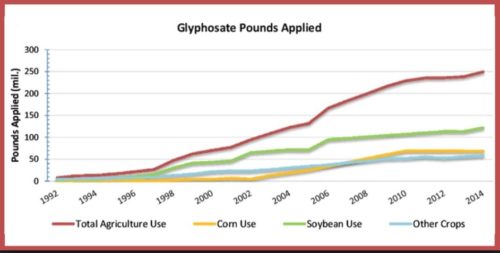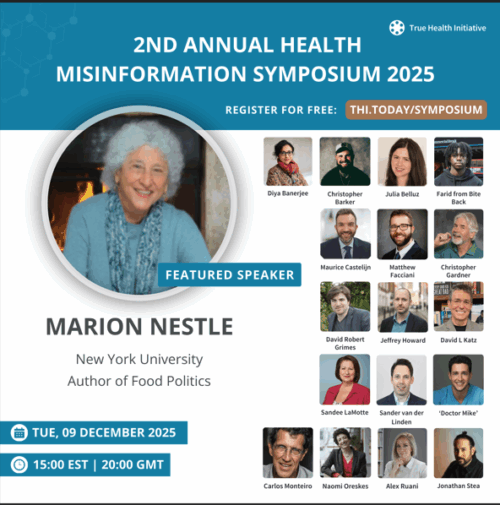Jury rules Roundup carcinogenic, Monsanto malicious: awards $289 million to plaintiff
The Guardian’s account of the verdict: Monsanto ordered to pay $289m as jury rules weedkiller caused man’s cancer
Dewayne Johnson, a 46-year-old former groundskeeper, won a huge victory in the landmark case on Friday, with the jury determining that Monsanto’s Roundup weedkiller caused his cancer and that the corporation failed to warn him of the health hazards from exposure. The jury further found that Monsanto “acted with malice or oppression”…Johnson’s case was particularly significant because a judge allowed his team to present scientific arguments. The dispute centered on glyphosate, which is the world’s most widely used herbicide…During the lengthy trial, the plaintiff’s attorneys brought forward internal emails from Monsanto executives that they said demonstrated how the corporation repeatedly ignored experts’ warnings, sought favorable scientific analyses and helped to “ghostwrite” research that encouraged continued usage.
Here’s what this is about:
(1) The carcinogenicity of Roundup (glyphosate)
In 2015, the World Health Organization’s International Agency for Research on Cancer (IARC) ruled that glyphosate, the weed killer used with genetically modified crops, is “probably carcinogenic to humans.” Glyphosate’s maker, Monsanto (now merged with Bayer) did not like this decision and went to work casting doubt on the science. As IARC explains and documents:
Following the classification of glyphosate in March 2015 as probably carcinogenic to humans (Group 2A) by the IARC Monographs Programme, IARC has been the target of an unprecedented number of orchestrated actions by stakeholders seeking to undermine its credibility. In the interest of transparency, IARC has documented some of these instances, and our responses can be found on the Agency′s Governance website.
(2) What’s at stake for Monsanto
Glyphosate is used in incomprehensibly huge amounts. The organic advocate, Charles Benbrook, published statistics on its use in 2016. Monsanto’s published a rebuttal to Benbrook’s paper, but did not dispute his figures; instead, it argued only glyphosate is safe. Benbrook’s data show that 250 million pounds of glyphosate were applied to US crops in 2014 (by another source, worldwide use was 825,804,000 kilograms, or more than 1.8 billion pounds that year).

(3) What’s at stake for the plaintiff, Dewayne Johnson
As the San Francisco Chronicle’s account explains:
Johnson was a groundskeeper and pest-control manager for Benicia schools from 2012 until May 2016. His job included spraying glyphosate, in the high-concentration brand called Ranger Pro, from 50-gallon drums 20 to 30 times a year for two to three hours a day.
He testified he wore protective clothing, including a sturdy jacket, goggles and a face mask, but said he couldn’t fully protect his face from wind-blown spray. And twice, he told the jury, he got drenched with the herbicide, once when a spray hose became detached from a truck that was hauling it, and another time when a backpack container he was carrying leaked.
After the first drenching in 2014, he said, he got rashes on his skin that did not respond to treatment. Welts and lesions soon appeared on his legs, arms, face and eyelids. His first cancer diagnoses came soon afterward.
(4) The evidence for the jury’s decision
Through discovery during the trial, documents came to light exposing Monsanto’s efforts to discredit the science linking glyphosate to cancer.
U.S. Right to Know (USRTK) has performed an extraordinary public service by posting the key documents in the case on its website. There, you can find links to an astonishing number of federal court and discovery documents, exhibits, news reports, and commentary.
Also worth reading: Stacy Malkin’s Secret Documents Expose Monsanto’s War on Cancer Scientists (July 12)
Monsanto was its own ghostwriter for some safety reviews,” Bloomberg reported, and an EPA official reportedly helped Monsanto “kill” another agency’s cancer study. An investigation in Le Monde details Monsanto’s effort “to destroy the United Nations’ cancer agency by any means possible” to save glyphosate.
(5) What this means: Comment from USRTK’s Carey Gillam
Monsanto and its chemical industry allies have spent decades actively working to confuse and deceive consumers, farmers, regulators and lawmakers about the risks associated with glyphosate-based herbicides. As they’ve suppressed the risks, they’ve trumpeted the rewards and pushed use of this weed killer to historically high levels. The evidence that has come to light from Monsanto’s own internal documents, combined with data and documents from regulatory agencies, could not be more clear: It is time for public officials across the globe to act to protect public health and not corporate profits.
(6) What happens next?
Monsanto will appeal, of course; its owner, Bayer, continues to insist that glyphosate is safe. Press accounts say that hundreds, if not thousands, of more such cases are in the pipeline, a situation similar to that faced by the tobacco industry before that industry gave up and settled. Will Bayer do so as well? I’m guessing not without a fight.


